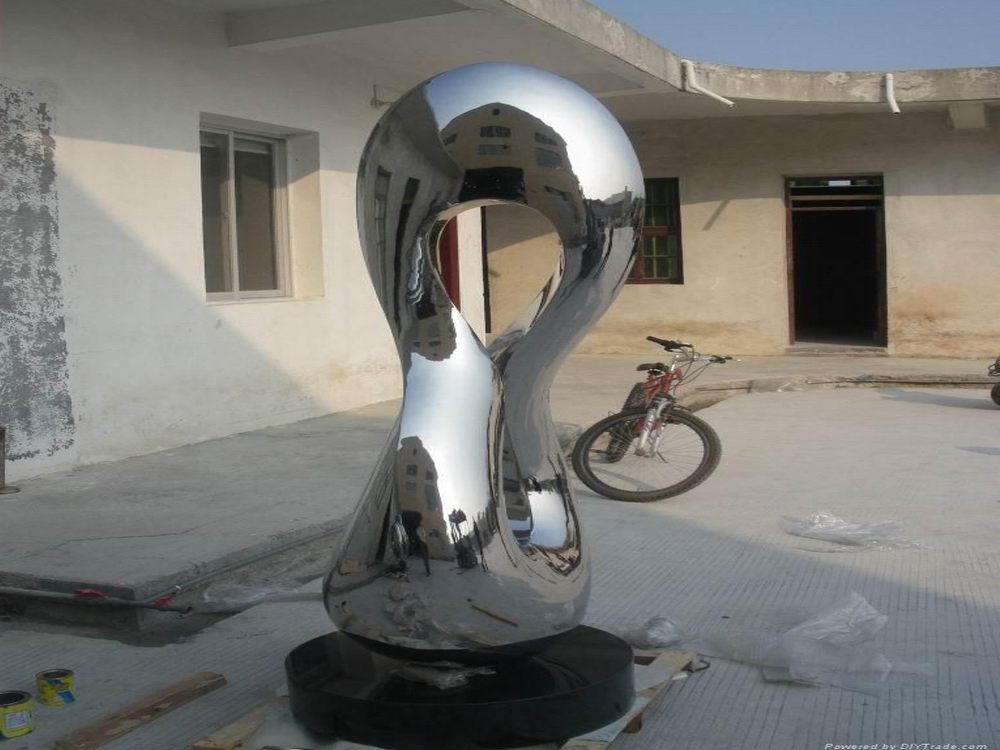
The comparison between bronze sculptures and smoke or fog sculptures reveals a fascinating duality in artistic temporality. Bronze, an enduring medium, captures moments in perpetuity, its solid form resisting the passage of time. These sculptures stand as testaments to human creativity across centuries, their patinas telling stories of age and endurance.
In stark contrast, smoke and fog sculptures embrace transience as their defining characteristic. These ephemeral creations exist only briefly, their forms constantly shifting before dissolving into air. Artists working with these mediums must accept impermanence as part of their creative process, where the artwork's lifespan might be measured in minutes rather than millennia.
The temporal difference between these art forms extends beyond mere duration. Bronze sculptures allow for careful contemplation and repeated viewing, while smoke and fog pieces demand immediate, focused attention from viewers who know the experience won't be replicated. This creates fundamentally different relationships between artwork and audience - one of lasting companionship versus fleeting encounter.
Contemporary artists often exploit this temporal tension, sometimes combining permanent and temporary elements to comment on memory, change, or the human condition. Whether through bronze's permanence or smoke's evanescence, both approaches offer powerful ways to explore time's role in artistic expression and perception.

